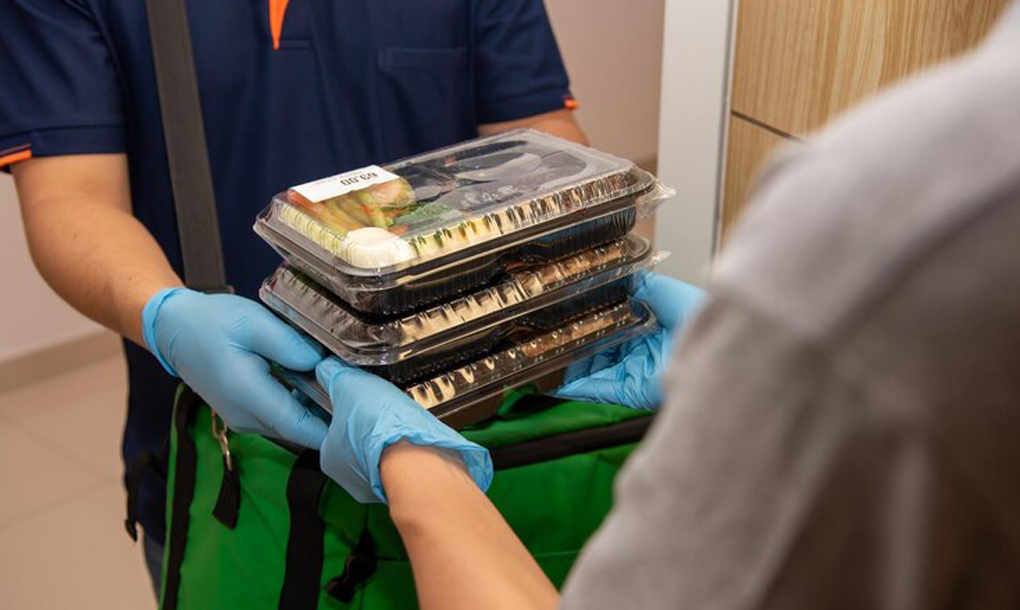
04 May
Natural disasters, pandemics, and global conflicts have created an urgent and growing need for reliable food supplies during crises. When disaster strikes, the ability to store, transport, and distribute nutritious food quickly can be a literal lifesaver. Freeze dryers are playing a critical role in meeting this demand by producing food that is lightweight, long-lasting, and packed with nutrients. Let’s explore how freeze-drying technology is rising to the challenge of modern disaster relief.
Disaster relief efforts require food that can endure harsh conditions while remaining safe and nutritious. Traditional food storage methods often fail when exposed to extreme temperatures, long storage periods, or logistical challenges.
Here’s how freeze-dried food checks all the right boxes:
• Extended Shelf Life : Freeze-dried food can last 20 to 30 years without refrigeration. This means governments and aid organizations can stockpile supplies without constant rotation.
• Lightweight and Portable : With up to 90% of the moisture removed, freeze-dried meals are compact and easy to carry. They are perfect for airlifts, backpacks, and remote delivery.
• Nutrient Retention : The freeze-drying process preserves nearly all the original vitamins, minerals, and proteins, ensuring that displaced populations get the nutrition they need.
• Minimal Prep Time : Add water and heat if needed. No fancy kitchen is required. This simplicity makes food accessible even in damaged or improvised shelters.
• Safe Storage : Freeze-dried food doesn’t require refrigeration and is resistant to spoilage and contamination. It is ideal for unstable environments with no cold chain.
Thanks to these benefits, freeze-dried food is not just functional; it’s indispensable for disaster readiness.
Also Read: Innovations in Food Freeze Dryers: Enhancing Food Preservation Techniques
As climate change accelerates the frequency of extreme weather events and geopolitical crises disrupt food systems, humanitarian organizations face immense pressure. Freeze-dried food offers a scalable, dependable solution.
Here are a few reasons why the demand for freeze-dried relief food is on the rise:
• Climate-Induced Disasters : Hurricanes, wildfires, floods, and droughts are increasing, displacing more people yearly. Freeze-dried food provides a stable, mobile nutrition source.
• Pandemics and Quarantines : Public health emergencies disrupt food access. Stockpiled freeze-dried food bridges the gap.
• Geopolitical Conflict : War zones often lose access to refrigeration and safe cooking facilities. Freeze-dried rations serve as a reliable fallback.
• Refugee Crises : Displaced populations require shelf-stable, easily transportable food. Freeze drying meets both needs efficiently.
Each scenario demands food solutions that can be stored for years, distributed rapidly, and prepared easily, making freeze-dryers essential.
Large-scale food relief isn’t possible without robust production infrastructure. That’s where industrial freeze-drying systems come in.
Here’s how these powerful machines are stepping up to the global need:
• High Output : Industrial freeze dryers can handle massive volumes of fruits, vegetables, meats, and complete meals, supporting quick deployment during large-scale emergencies.
• Automated Operation : Built-in controls and programmable settings ensure consistent quality. This reliability is crucial when producing meals that people are counting on.
• Versatile Applications : Freeze drying accommodates various food types and packaging options. Relief kits can be customized based on regional dietary needs.
• Energy-efficient : Modern freeze dryers reduce power consumption while maximizing output, which is vital for 24/7 operations.
With the right equipment, food producers and NGOs can create reliable, nutritious meal supplies ready when the world needs them most.
Also Read: The Impact of Freeze Drying on Food Texture, Flavor, and Nutritional Content
Relief kits must offer variety, nutrition, and comfort to keep people fed, focused, and strong in emergencies. Freeze-dried options meet all these needs:
• Proteins : Chicken, beef, lentils, and eggs provide vital strength. These keep energy levels stable during crisis conditions.
• Carbohydrates : Rice, pasta, and grains offer long-lasting fuel. Essential for sustaining physical activity and warmth.
• Fruits and Vegetables : Apples, peas, carrots, and beans support immune health and add variety and fiber to meals.
• Soups and Stews : Ready-to-eat comfort foods that rehydrate fast. They warm both body and spirit.
• Dairy and Snacks : Milk powder, yogurt bites, and even freeze-dried desserts are small luxuries that boost morale.
These meals go far beyond survival. They offer real sustenance and a sense of normalcy in trying times.
Freeze dryers are not just machines but part of the global safety net. By enabling the production of shelf-stable, nutritious, and easily transportable food, they help governments and organizations respond faster and more effectively to crises. In a world where disaster can strike at any time, freeze-dried food isn’t just a backup plan. It’s a front-line solution.
Want to explore how Freeze Drying Systems can support your disaster relief or food security initiative? Reach out to us today at Freeze Drying Systems, and let’s build a more prepared future together.